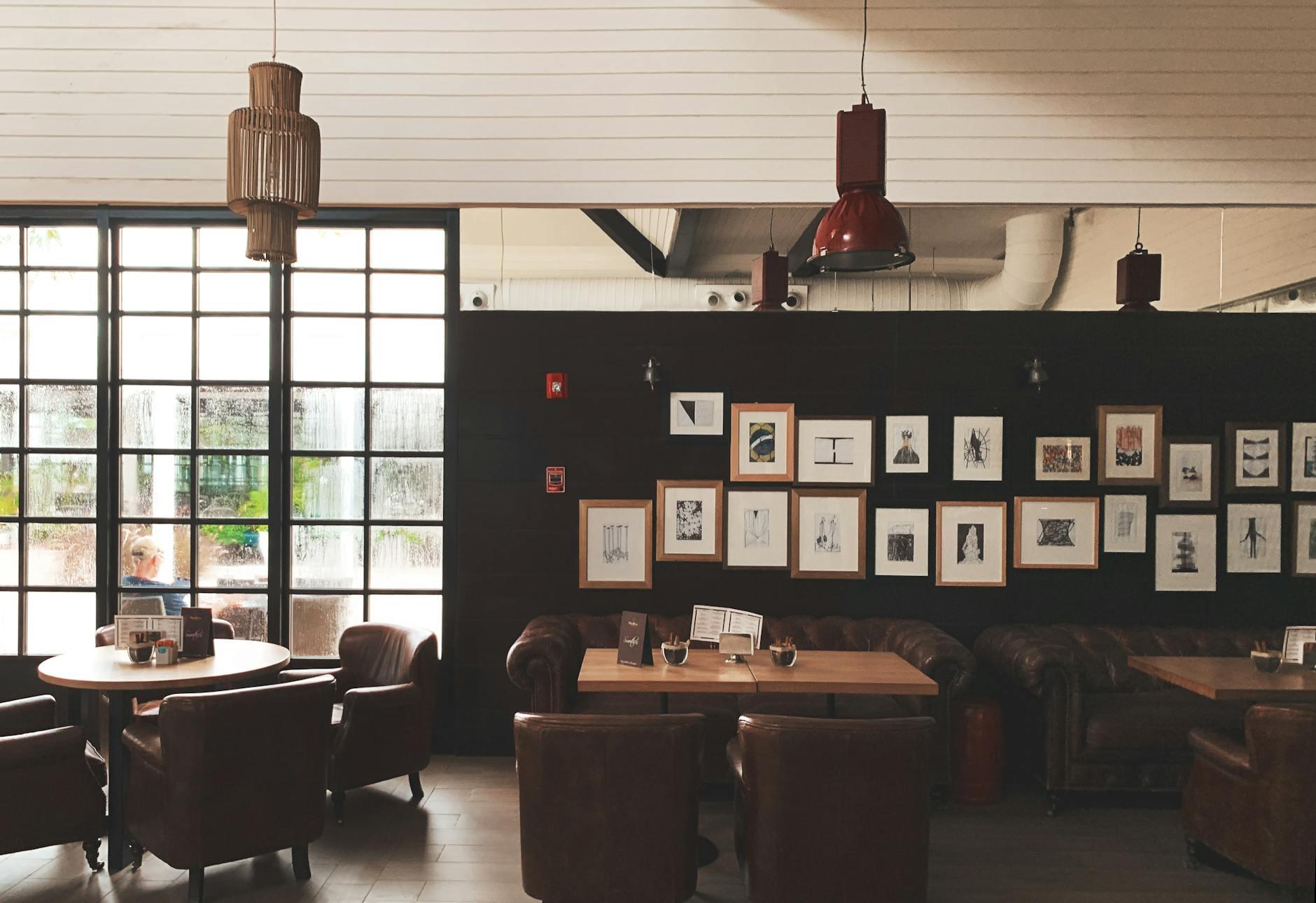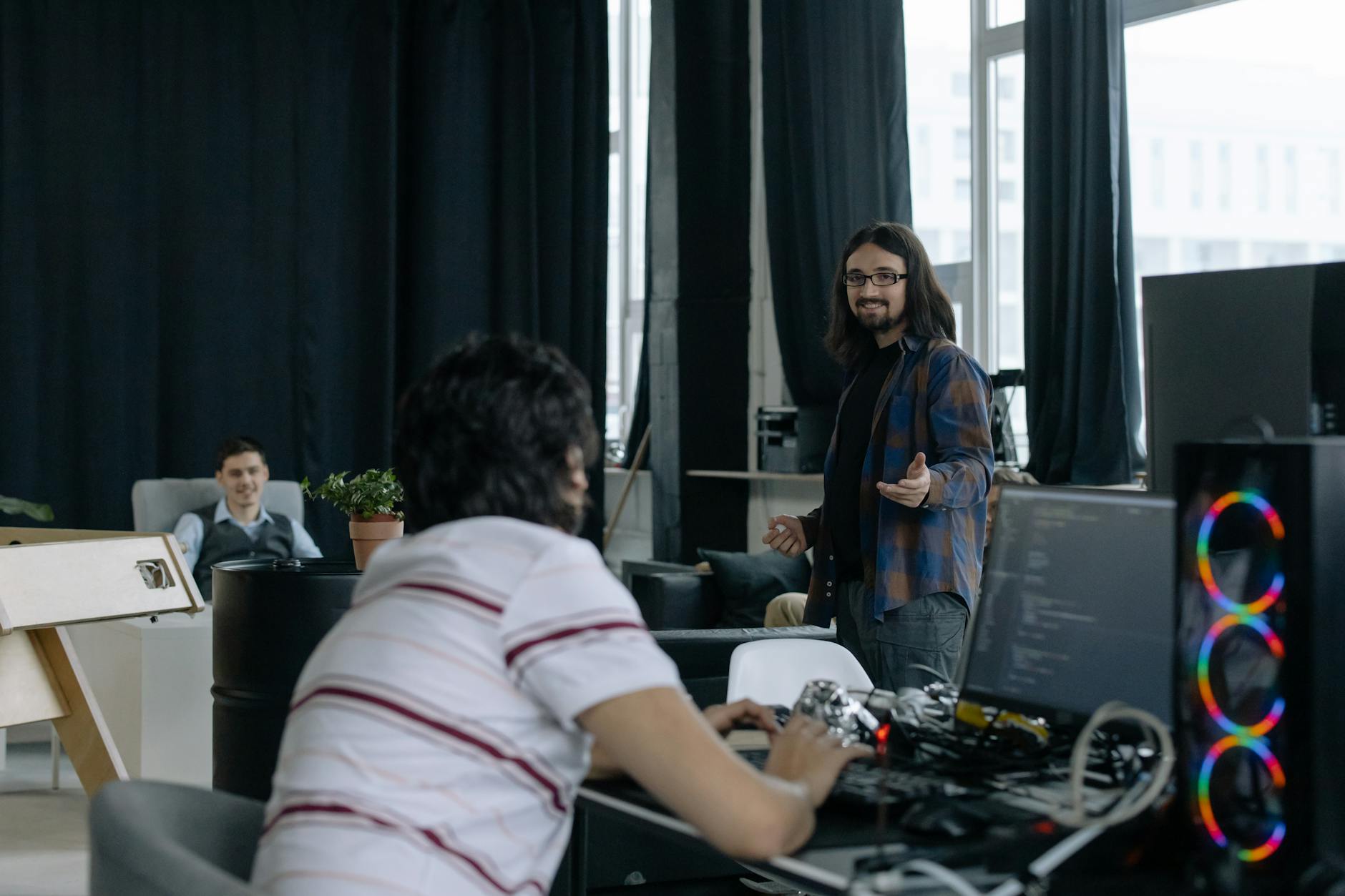How to Foster a Culture of Safety and Innovation in New Zealand

Cultivating a Safety-First Mindset
Safety Training Initiatives
Developing a safety-first mindset is crucial in urban planning and construction. Effective safety training initiatives can significantly enhance project outcomes, ensuring everyone involved comprehends the importance of safety protocols. In Wellington, organisations like those at the innovative Wellington Technopolis have embraced this approach to foster a culture of safety. To start, tailor training sessions to address specific site challenges using dynamic methods like interactive workshops. This approach allows employees to actively engage with safety concepts, rather than passively consuming information.
Communicating Safety Protocols
Clear and consistent communication is key to embedding safety protocols in any project. Use contractor management software to streamline communication processes and ensure information is disseminated effectively across all project stakeholders. This software can facilitate the sharing of essential safety information, updates, and feedback, promoting a well-informed workforce. Additionally, visual aids such as infographics or safety dashboards can simplify complex information, making it more accessible to all team members.
Encouraging Compliance and Reporting
To maximise the effectiveness of safety initiatives, encourage compliance and prompt incident reporting. Implementing incident management software can greatly aid in tracking and analysing safety incidents, providing valuable insights for continuous improvement. This system not only simplifies the reporting process but also assists in identifying patterns that may indicate systemic issues. Establish an open-door policy where team members feel comfortable reporting incidents or concerns without fear of retribution, fostering a culture of transparency and continuous safety enhancement.
Embracing Innovation in Practices
Leveraging Technology in Planning
In our constantly evolving landscape, integrating technology into strategic planning has become pivotal for enhancing workplace safety. Wellington Technopolis stands as a beacon of innovation where technology adoption can streamline our operations. A crucial part of this strategy involves using incident reporting software, which allows us to efficiently gather, analyze, and manage data on-site. This software simplifies the process of tracking safety incidents and facilitating early interventions, thereby reducing risks and maintaining safety integrity.
Another key element in leveraging technology is having a robust safe work procedure in place. By digitizing these procedures, we can ensure seamless access and updates for all team members. This not only encourages compliance but also fosters a culture of safety throughout the organisation. By automating and digitising these processes, we free up valuable resources and allow our teams to focus on critical project elements, such as integrating new design insights with safety protocols.
For businesses operating within proximity to Wellington Harbour's strategic transport networks, utilising these technologies can lead to significant time and cost savings while enhancing safety measures. By aligning technological tools with our operational goals, we equip our teams to handle complex projects more effectively, ensuring each step is planned with both safety and efficiency in mind.
Bridging Design and Safety
Collaborative Design Workshops
Engaging in collaborative design workshops can be pivotal in uniting creativity and safety standards when working on urban development projects. These workshops allow stakeholders, from urban planners to safety officers, to actively shape projects with safety at the forefront. By working together, these diverse teams can brainstorm solutions, ensure compliance with safety regulations, and ultimately enhance project outcomes. This collaborative approach is common in environments similar to those found at Wellington Technopolis and is crucial in promoting best practices in safety management.
Balancing Creativity with Compliance
Striking a balance between innovative design and strict safety compliance is essential but often challenging. For urban project managers like Liam Carter, leveraging health and safety software can streamline this process. Such tools provide robust frameworks that help reconcile aesthetic aspirations with necessary legal requirements. These systems make it simpler to manage and integrate safety protocols, providing real-time updates and comprehensive safety checklists. Utilizing software not only enhances efficiency but ensures a flawless blend of creativity and compliance in project execution.
Case Studies of Successful Integration
Looking at successful cases of safety and design integration can serve as inspiration and a guide. Innovative companies near Wellington Harbour, for instance, have managed to design state-of-the-art urban spaces without compromising on safety. These case studies highlight the effective use of safety software in everyday operations, demonstrating how digital tools can significantly reduce incident risks while supporting creative urban plans. By analyzing these examples, urban planners can glean insights on how best to merge safety and design principles in their projects.
Implementing Robust Frameworks
Developing Comprehensive Safety Strategies
Creating effective safety strategies involves using precise tools designed for New Zealand’s unique environment. Implementing robust safety management system software is a critical element in this process, enabling a more streamlined approach to monitoring and reporting. This software aids in the clear documentation of procedures and incidents, ensuring that both planned strategies and real-time responses are well-coordinated.
Safety strategies should be well-integrated from the project's inception, addressing potential risks at every stage. It's vital to consider the complexities of our local sites, akin to those found at CentrePort Wellington, where diverse operational activities coincide. By employing health and safety software NZ, project managers enhance their ability to maintain comprehensive safety logs, ensuring all relevant team members are briefed on current protocols and hazard assessments.
Involving Diverse Stakeholders
In any urban planning project, involvement of multiple stakeholders is paramount. They bring different perspectives, often revealing safety considerations that might otherwise be overlooked. Frequent strategic meetings should be held, mirroring the collaborative environments at innovative companies such as those within Wellington Technopolis. Including input from contractors, urban designers, and transport authorities early on ensures that safety strategies are practical and widely supported.
Continuous Evaluation and Improvement
Consistent appraisal and adaptation of safety strategies are necessary to respond to evolving project dynamics. It’s important to establish regular review sessions and update safety protocols based on new insights or emerging technologies. Learning from past challenges—similar to those encountered near Wellington Harbour’s transport networks—helps refine approaches and anticipate future issues. Applying these lessons, powerful software tools assist in tracking changes, recording outcomes, and informing future strategy tweaks, ultimately raising the standard of safety in project executions across New Zealand.
Common Challenges
Surmounting Budget Constraints
Navigating budget constraints is a common challenge for many of us leading operations in bustling hubs like the Wellington Technopolis. Prioritising where to allocate funds for implementing a new system requires strategic acumen. One approach is to initiate pilot programs that target specific areas within your organisation. This not only helps in proving the value of investments but also secures buy-in from stakeholders by demonstrating tangible outcomes. Additionally, leveraging partnerships with innovative companies in the region can provide access to cost-effective resources.
Balancing Diverse Interests
Operating at the intersection of varying interests is often a test of one's strategic ability. As we incorporate insights from Wellington Harbour's strategic transport networks, unifying these distinct viewpoints can drive innovative solutions. It's essential to engage in open dialogue sessions with stakeholders, fostering an atmosphere of shared objectives. By employing an inclusive approach, we can integrate alternative perspectives that lead to enhanced efficiency and overall organisational alignment. Remember, the fusion of diverse ideas strengthens our strategic projects.
Tackling Unforeseen Safety Issues
Addressing unforeseen safety challenges requires proactive planning and continuous improvement. Drawing inspiration from the manufacturing hubs at CentrePort Wellington, it is crucial to implement adaptable frameworks that can swiftly respond to unexpected incidents. Regular risk assessments and scenario planning are vital. Moreover, establishing a culture where employees feel empowered to report and rectify potential safety hazards contributes to a resilient safety infrastructure. By remaining vigilant and adaptable, we can ensure our operations run smoothly and safely.


